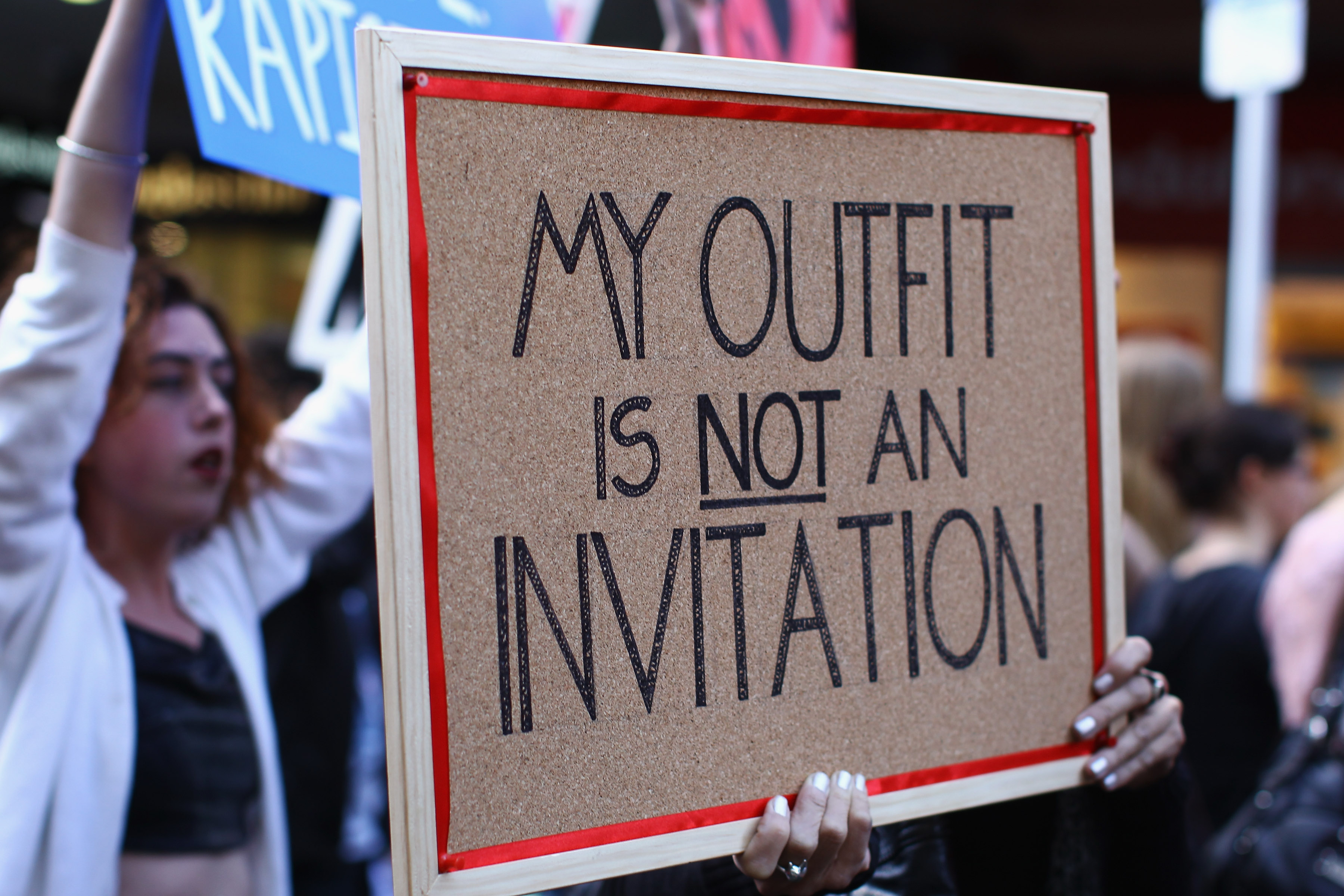As a parent/guardian, we understand that having conversations about sex and sexual misconduct (e.g. sexual and dating violence) with your students can be difficult. You may be worried about saying the wrong thing and that’s ok. SARP is here to help!
When talking to your students about these topics, apply the 3 Es: Education, Empathy, and Empowerment
Education
We all have a lot to learn and unlearn when it comes to talking about sexual misconduct. There are lots of misconceptions about how sexual violence happens, who it happens to, and what can be done to prevent it. While the following list of terms isn’t comprehensive it is a start to unpacking the unhealthy ideas about relationships and sexual misconduct that we’ve been exposed to.
Consent
At SARP, we define consent as an informed, freely-given, and voluntary agreement through understandable words and/or actions that express a willingness to engage in agreed upon sexual activity.
Consent cannot be given WHEN/IF
- Someone is incapacitated by drugs, alcohol, and/or physical or mental condition
- Someone is under the age of 16 in Massachusetts (The age of consent varies by state)
- Someone is coerced or pressured
Rape Myths

Rape myths are misconceptions and beliefs that place blame on the survivor or excuse the actions of the person who has caused harm. Some rape myths that you might be familiar with are:
“It happened because you drank too much.”
“Your clothes were too revealing.”
“You were leading them on.”
“You should have fought back.”
“You didn’t say no”
“They’re so popular, they don’t need to rape”
“Men can’t be raped”
“But you’re a lesbian (gay, trans, bi)”
“You just regret having sex, you weren’t raped”
These messages are harmful. They prevent survivors from seeking help and do little to hold harm-doers accountable. Be careful not to reinforce these myths. As mentioned when defining consent, never place blame on the survivor, but rather only on the actions of those who cause harm.
Unhealthy Relationships
According to loveisrespect.org, about half of college students find it difficult to identify when a relationship is unhealthy or abusive. This is understandable because relationships occur on a spectrum.

Dating violence is a pattern of abusive behaviors where one person seeks power and control. There are many forms of dating violence that don’t always include physical violence. These are:
- Academic abuse
- Emotional abuse, humiliation
- Physical Abuse
- Sexual Abuse
- Abuse of Privilege
- Manipulation and limiting independence
- Threats and Intimidation
- Isolation
- Electronic abuse
To learn more visit www.loveisrespect.org
Empathy
Believing survivors is the simplest way that we can show support. Showing that support isn’t always easy. It can be difficult to know the right words to say. Here is a video from a survivor sharing 5 simple tips to demonstrate to your student that you care. (Warning for content about sexual assault from a self-identified survivor.)
This video emphasizes 5 things you can say
- I’m sorry that happened to you
- I’m here to listen
- I can’t imagine what you’re going through
- I want to understand
- I’m not going anywhere
These are only a few of the many things you can say to show support. At the end of the day, make sure whatever you say is authentic and comes from the heart.
Empowerment
An experience with sexual misconduct can leave survivors feeling powerless. Empowerment allows survivors to make the decisions that are best for them. That means as parents and guardians it’s important to listen and to not pressure survivors to make a decision they don’t feel comfortable with.
Empowerment also means presenting options. Survivors may want counseling, to file a report, to simply receive support from their community, or something else altogether. Give space for survivors to utilize any of these things by asking what they need and sharing the knowledge that you have. Familiarizing yourself with these resources can help you better connect your student to supports both on-and-off campus.